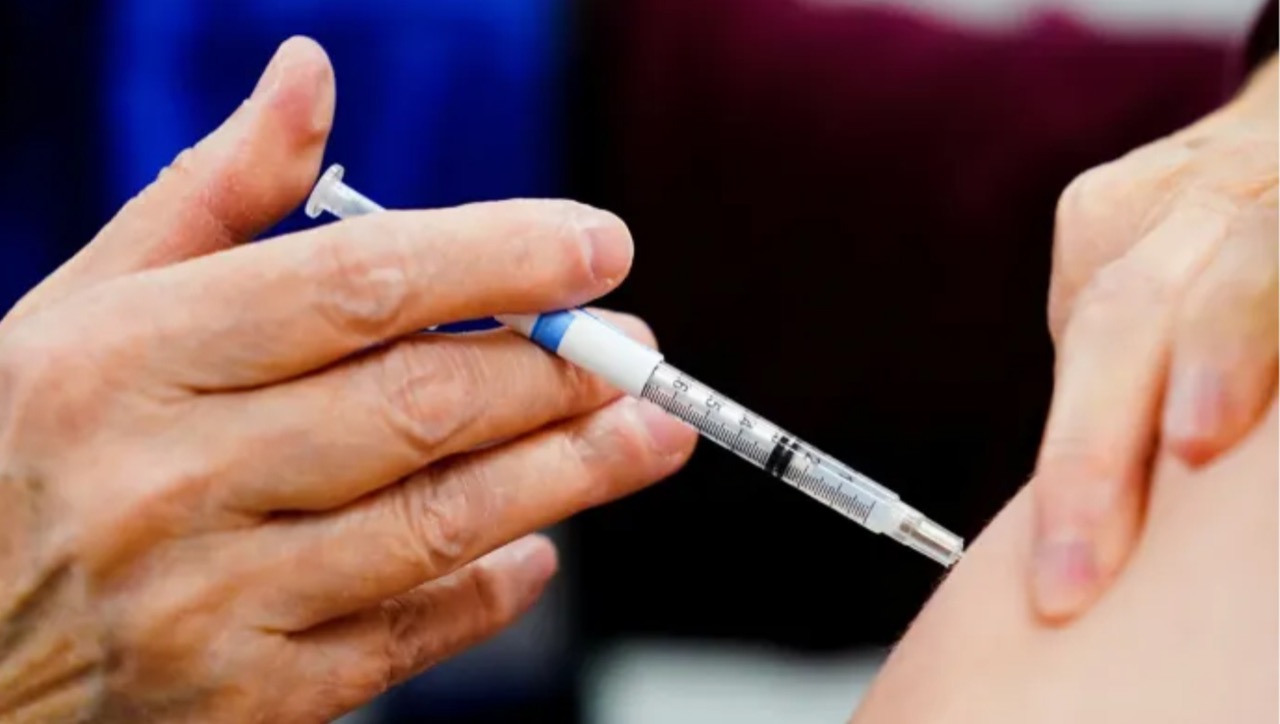India has become the second country after China to administer two billion coronavirus vaccine injections. This is an important landmark in the fight against the pandemic. The numbers must be considered against the backdrop of the total of 43.8 million covid cases and 526K deaths that India has seen since the pandemic started.
Initially, there were concerns about how the government could handle a pandemic and a struggling economy. This was on account of the peculiar nature of this challenge. If one focuses on saving lives by bending the curve of cases it would mean lockdowns and restrictions. This ultimately would in turn make businesses also suffer and therefore inadvertently bend the curve of the economy. In this context, the vaccine has come as a silver bullet. This, when used effectively, will ensure that the curve of cases bends but at the same time the curve of GDP is on its right course.
In the case of India time has shown that coordinated efforts by the government, industry and healthcare providers have been able to keep the pandemic under control through an effective vaccination policy.
Recently India reduced the duration between the second and ‘precautionary’ dose on the recommendation of the government’s expert committee from 9 to 6 months. It is a welcome decision but this comes in the wake of extensive evidence that coronavirus vaccines typically give a protection period of 4-6 months and need booster doses to supplement protection which was available for quite some time.
One more argument in support of the vaccination campaign is that even though it may not be able to prevent breakthrough infections in some cases, it certainly ensures that the disease is milder.
There are studies that suggest that vaccination prevents serious disease, and continued efforts to increase vaccination, booster campaigns, and multiple additional layers of protection against infection are needed to effectively combat the pandemic.
The long delay in taking the decision to reduce the gap between the second dose and the precautionary dose also shows that India has been very cautious in its approach to any changes and modifications to the vaccination program. This approach of the government is also seen in its policy to only allow booster doses of the same vaccine administered in the primary round of vaccination.
An alternative way would be to go for a heterologous booster vaccine. Our vaccine policy should be scientific and time-sensitive. Based on the evidence modifications in the strategy should be done in time as we are running against the clock to save lives and livelihoods.
In the case of heterologous booster doses, a different vaccine type is given during the booster dose from the vaccine given during the primary phase of vaccination. This has many advantages. This would allow freedom of choice to the people and will also take off pressure from logistics and dose delivery constraints that have been noted in some parts of India.
There is also strong scientific evidence backing such a decision. Mixing the vaccines also makes sense considering the evidence emerging from the still unpublished but well-publicized CMC Vellore trial comparing booster efficacy of Covishield and Covaxin after primary series vaccination by Covishield or Covaxin.
The results are interesting in the context that they show that while a third Covaxin or third Covishield booster dose increases antibodies about six times in people who have had primary series similar to the booster, when looking at the efficacy of Covishield booster after two Covaxin doses the antibody vs Covaxin booster after two Covishield doses increase is 58 times in the Covishield group while only 2.5 times in the Covaxin group. This indicates exceptional superiority of Covishield booster dose for subjects having received the Covaxin primary series.
While these are results only from one study, they are similar to what has been previously published in a smaller study from Uttar Pradesh. There are obvious concerns regarding safety and liability in case of adverse events in cases of heterologous vaccinations but safety data that has been published across the world has been very reassuring.
It is easy to understand that the government has had a hawkish wait-and-watch tendency in making public health decisions considering the ramifications if something goes wrong, but rational foresight, scientific temper, and time-sensitive prudent decisions can be taken when the evidence is compelling and overwhelming. Hopefully, the pandemic remains under control till that decision is taken.
The words of Robert K Greenleaf can perhaps serve as a guide for policymakers in such situations as “On an important decision one rarely has 100% of the information needed for a good decision no matter how much one spends or how long one waits. And, if one waits too long, he has a different problem and has to start all over. This is the terrible dilemma of the hesitant decision maker.”
Rajesh Kumar Mohan is an IPS officer of the Haryana cadre. He was an Assistant Medical Officer at IOFHS.
Sahil Thakur (MBBS, MS) is a Clinical Research Fellow at the Singapore Eye Research Institute. He was previously on the WHO Technical Advisory Board for PECI (Package of Eye Care Interventions) and has co-authored a book, Smart Resources in Ophthalmology: Applications and Social Networking.
(Disclaimer: Views expressed above are the authors’ own)

